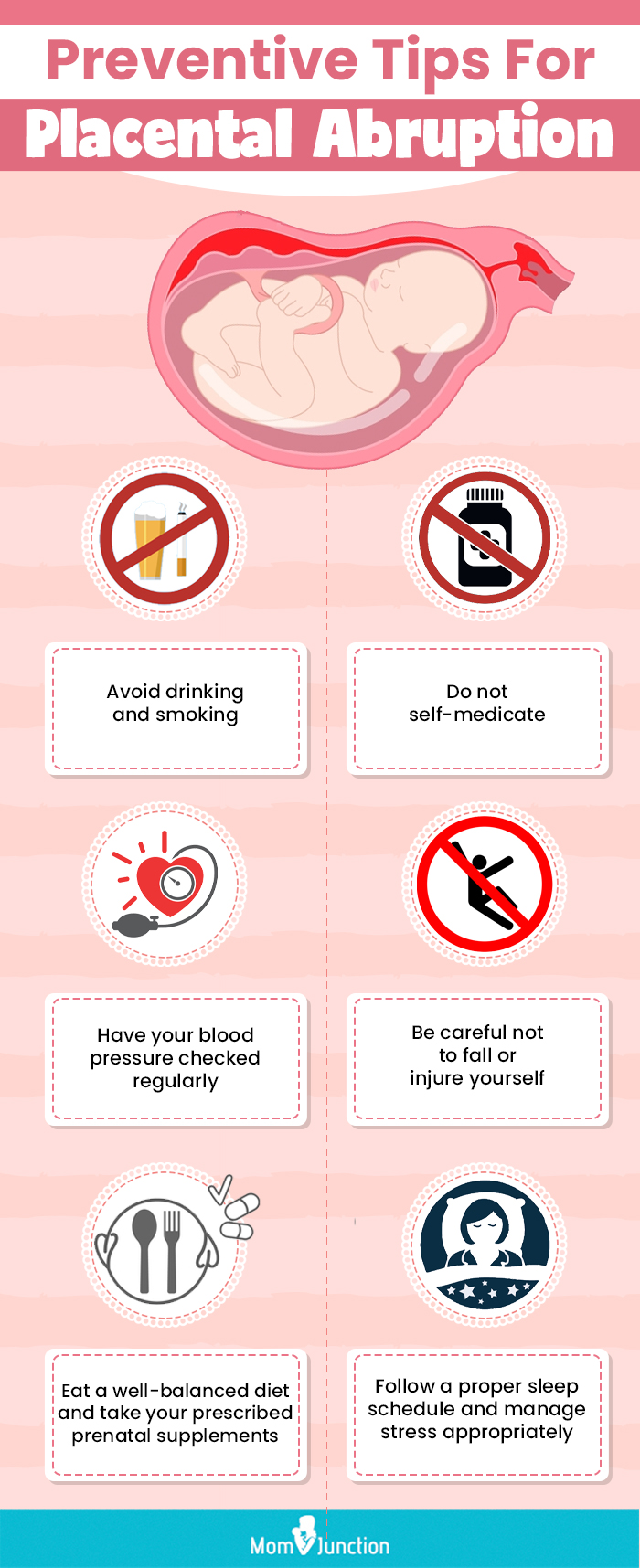Ablatio Placentae: Causes, Symptoms, Treatments, and Prevention Methods
– Placental abruption is most likely to occur in the last trimester of pregnancy, particularly in the last few weeks before birth.
– The signs and symptoms of placental abruption include vaginal bleeding, although it is possible to have no bleeding, abdominal pain, back pain, uterine tenderness or rigidity, uterine contractions that often come one after another.
– The onset of abdominal and back pain is sudden.
– The amount of vaginal bleeding can vary greatly and does not indicate how much of the placenta has separated from the uterus.
– Even with severe placental abruption, there might be no visible bleeding as the blood can become trapped inside the uterus.
– In some cases, placental abruption develops slowly (chronic abruption) and can cause light, intermittent vaginal bleeding.
– This can result in the baby not growing as expected and complications such as low amniotic fluid.
– Complications may include slow fetal growth and low amniotic fluid.
